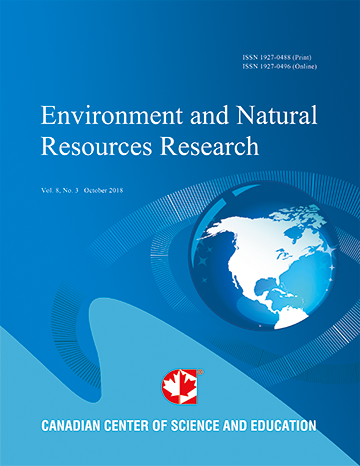Plant and Soil Consequences of Shrub Management in a Big Sagebrush-Dominated Rangeland Ecosystem
- Justin Derner
- Gerald Schuman
- Ronald Follett
- George Vance
Abstract
This study investigated plant and soil (organic carbon, SOC) responses to shrub management in western U.S. rangeland dominated by Wyoming big sagebrush (Artemisia tridentata Nutt. ssp. wyomingensis Beetle & Young). Plants and soils were sampled in 2009 from paired sets of treatments (mowing to 10 cm height, aerial herbicide application of Spike® 20P [tebuthiuron]) in Sandy and Loamy ecological sites. Plant responses to mowing were consistent for both ecological sites with 1) no effects on live, but three- to four-fold increases in dead, Wyoming big sagebrush plant density, 2) reduced height and cover of Wyoming big sagebrush, 3) increased cover of perennial grasses, and 4) no effects on bare ground. For soils, increased SOC did occur with herbicide application in the Loamy site for both the 0-5 cm (43% increase) and 5-15 cm (17% increase) soil depths, which corresponded to annual soil C sequestration rates of 0.16 and 0.14 Mg C ha-1 yr-1 for the 0-5 and 5-15 cm soil depths, respectively. Shrub management in Wyoming big sagebrush-dominated rangelands affects the plant component for two different ecological sites, whereas effects on SOC were observed only when density of live Wyoming big sagebrush plants was reduced through selective herbicide use.
- Full Text:
 PDF
PDF
- DOI:10.5539/enrr.v4n1p19
Journal Metrics
Google-based Impact Factor (2016): 6.22
h-index (November 2017): 12
i10-index (November 2017): 19
h5-index (November 2017): 11
h5-median (November 2017): 12
Index
Contact
- Emily LinEditorial Assistant
- enrr@ccsenet.org
